- Your cart is empty
- Continue Shopping

Product
What is oxycodone buy Oxycodone online?
Oxycodone is an opioid analgesic used to treat moderate to severe pain, it changes how you feel pain by blocking pain signals in your body. Oxycodone works by activating opioid receptors in the nervous system, as it is an opioid agonist. Oxycodone is a prescription medicine used for moderate to severe pain when other pain medicines when do not work well enough, or are not tolerated.buy Oxycodone online
Oxycodone comes in slow-release tablets and also standard tablets, capsules, oral liquid or injections that work quickly. These faster-acting forms are used as needed for acute (short-term) pain, and the extended-release tablets are used around the clock to treat severe and chronic pain that requires longer treatment. Extended-release products should not be used for as-needed pain relief. Oxycodone 10 mg is also available in an immediate-release, abuse-deterrent formulation, under the brand name RoxyBond.buy Oxycodone online
Oxycodone can be used as a single-ingredient pain reliever (Oxycontin, Roxicodone) and is also available in combination preparations with acetaminophen (Percocet).
Oxycodone is a controlled substance Schedule II, which means it has an accepted medical use but may lead to severe psychological or physical dependence and has a high potential for abuse.
Oxycodone is available as:
- immediate-release tablets: oxycodone 5 mg, 10 mg, 15 mg, 20 mg and 30 mg
- immediate-release, abuse-deterrent tablet: oxycodone 10 mg
- immediate-release capsules: oxycodone 5 mg
- immediate-release oral solution: oxycodone 5 mg per 5 mL (1 mg/mL), 100 mg per 5 mL (20 mg/mL)
- extended-release tablets: oxycodone 10 mg, 15 mg, 20 mg, 30 mg, 40 mg, 60 mg, and 80 mg.
Oxycodone should only be used when non-opioid analgesics or opioid combination products have not been tolerated, are not expected to be tolerated, or have not provided adequate pain relief or are not expected to provide adequate pain relief. This medicine should only be used for an extended period of time if the pain remains severe enough to require an opioid analgesic and other treatment options continue to be inadequate.
Opioid medicines, including this medicine, can slow or stop your breathing, and death may occur. A person caring for you should give naloxone and/or seek emergency medical attention if you have slow breathing with long pauses, blue-colored lips, or if you are hard to wake up.
Call your doctor at once if you have:
- noisy breathing, sighing, shallow breathing, breathing that stops during sleep;
- a slow heart rate or weak pulse;
- cold, clammy skin;
- a light-headed feeling, like you might pass out;
- confusion, unusual thoughts or behavior;
- seizure (convulsions);
- low cortisol levels – nausea, vomiting, loss of appetite, dizziness, worsening tiredness or weakness; or
- high levels of serotonin in the body – agitation, hallucinations, fever, sweating, shivering, fast heart rate, muscle stiffness, twitching, loss of coordination, nausea, vomiting, diarrhea.
Serious breathing problems may be more likely in older adults and in those who are debilitated or have wasting syndrome or chronic breathing disorders.
Long-term use of opioid medication, such as this medicine, may affect fertility (ability to have children) in men or women. It is not known whether opioid effects on fertility are permanent.
This is not a complete list of side effects, and others may occur. Call your doctor for medical advice about side effects. You may report side effects to the FDA at 1-800-FDA-1088.
hing. This is more likely in elderly or ill patients but can occur in anyone taking this medicine.
Interactions with medicines called CYP450 3A4 inhibitors may result in an increase in oxycodone plasma concentrations, which could increase or prolong adverse reactions and may cause potentially fatal respiratory depression. In addition, discontinuation of a concomitantly used cytochrome P450 3A4 inducer may increase oxycodone plasma concentration. Patients receiving oxycodone and any CYP3A4 inhibitor or inducer should be regularly monitored.
Opioid Analgesic REMS (Risk Evaluation and Mitigation Strategy). Healthcare providers are strongly encouraged to complete a REMS-compliant education program and to counsel patients and caregivers on serious risks, safe use, and the importance of reading the Medication Guide with each prescription.
Before taking this medicine
You should not use oxycodone if you are allergic to it, or if you have:
- severe asthma or breathing problems; or
- a blockage in your stomach or intestines.
Additional Information
| Dosage | 5mg, 10mg, 15mg, 20mg, 40mg, 60mg, 80mg |
|---|---|
| Quantity | 60 Pills, 120 Pills, 180 Pills |


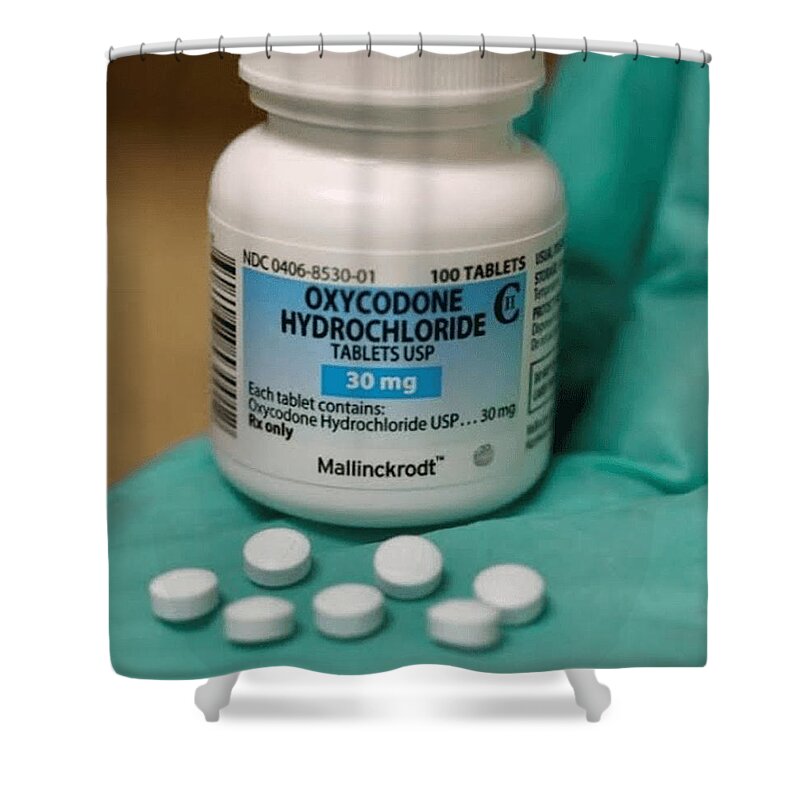
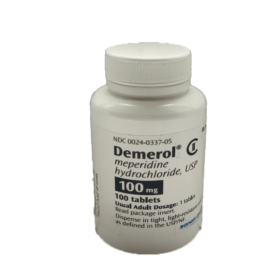

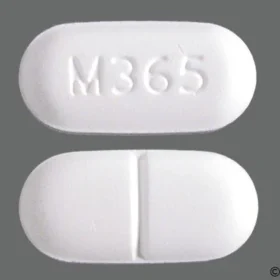
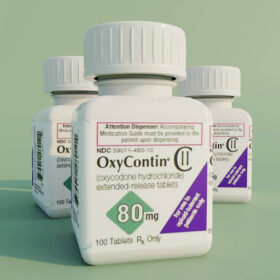



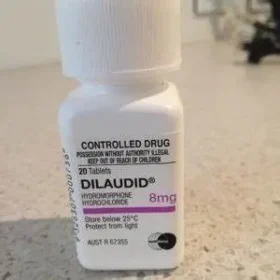
Reviews
There are no reviews yet.